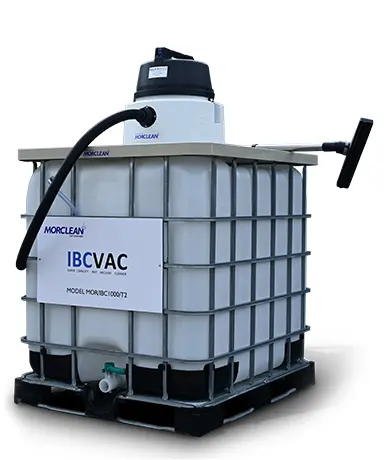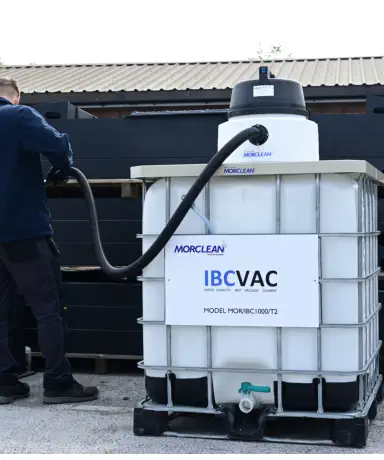How the IBC Vac was developed and designed
CASE STUDY ONE
A clutch and brake manufacturer approached Morclean with a query.
The company had an issue that they had been facing in their manufacturing process. It concerned a product that is contained within vessels that needed to be emptied of liquid in some way. All methods were considered – discharging, pumping, or to be tankered away somehow?
The most practical solution would be to use a vacuum cleaner to remove the liquid, but the amount of fluid in the tanks added up to 1000 litres.
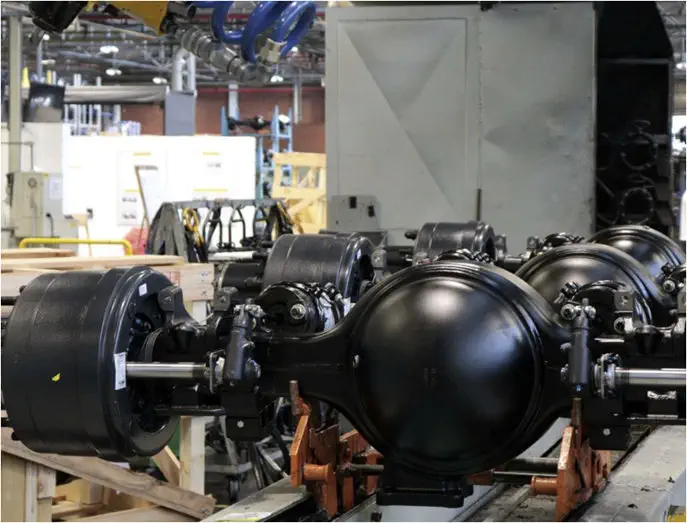
CASE STUDY TWO
This client approached Morclean while looking at ways to vacuum large quantities of liquid from difficult to reach areas of an Oil Dispersant Spray System that they operate for sea vessels.
There was circa 450 litres of liquid in each of 6 of the storage tanks, and they were trying to find an easy way to get this product out.
The client had used wet vacs in the past, however it takes some time because most standard vacs are generally 30 to 100 litres max capacity and have to be emptied frequently
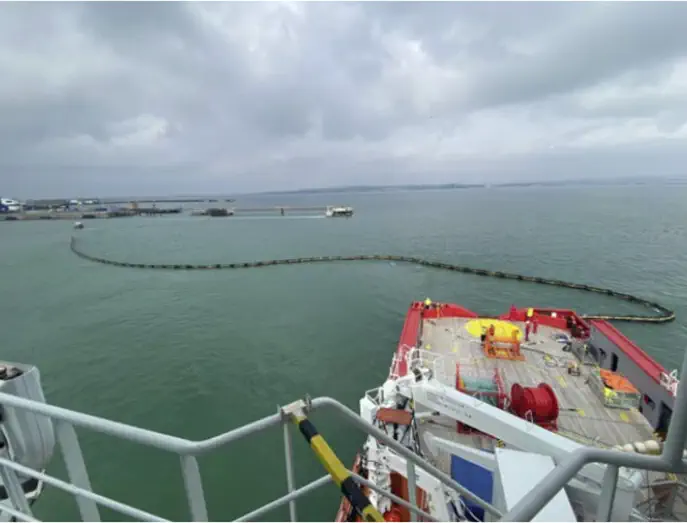
CASE STUDY THREE
A confectionary business contacted Morclean with a need to empty large mixing vessels after the production tanks were cleaned each night.
The vessels contained wash water as well as silt and product from the daily mixing process
Eash vessel contained around 750 litres of liquid and the client also wanted to discharge the silt that would settle to the bottom of a standard vacuum cleaner.
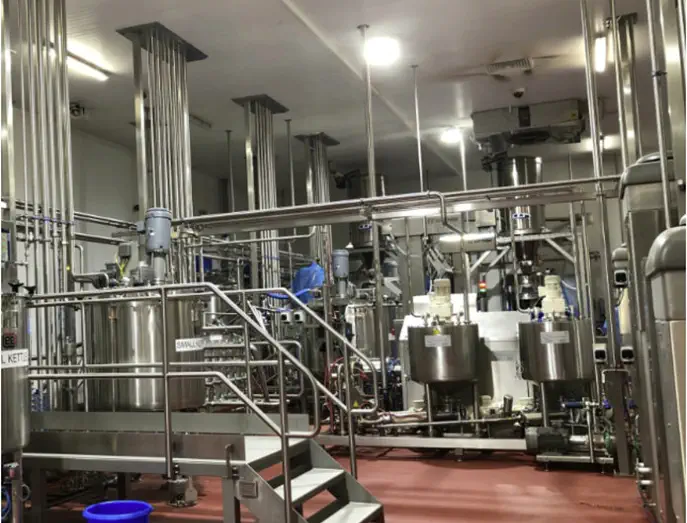
THE PROBLEM
All that these three companies needed was a 1000 litre vacuum, however the product wasn’t available in the market place or supply chain!
THE SOLUTION
Morclean were quite confident that this vacuum did not exist. There was no machine on the market at that time any where near that size on the marketplace.
In order to recover this amount of water in this way, a couple of problems presented themselves to the then Morclean design team.
- A vacuum unit on a standard 240 volts supply, cannot convey the air across such a large capacity container of 1000 litres. The suction just wouldn’t be powerful enough.
- Even if anyone could provide a powerful enough motor, the vacuum system would cause a traditional container to implode.
With much determination and always proud to be innovators – Morclean spent time looking at R&D, resulting in test models and design challenges. After much consideration and prototyping – Morclean came up with a solution.
Morclean developed a system that runs on a standard 230 volts supply, and uses two 1000 Watt motors to create a vacuum across a larger 1000 litre container.
Using a standard IBC vac also meant the vac was still competitive in the market place. One of the units was also fitted with a hatch to discharge solids and silt from the bottom of the IBC container.
Morclean used an unconventional, though simple, method of an internal vacuum and integral discharge system to achieve this. The machine can be plugged into a conventual 230 volts socket while having a huge 1000 litre capacity.
The Morclean IBC vac is now part of the Morclean product range, and has recently seen some improvements to design – including the use of recyclable materials
